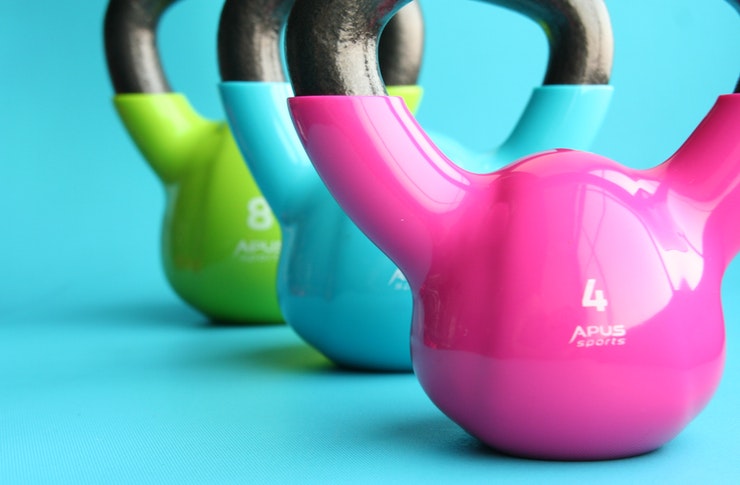Circadian Fitness: Syncing Exercise with Your Body Clock
Imagine a world where your workout timing could dramatically boost its effectiveness. What if exercising at specific hours could enhance fat burning, muscle growth, and overall well-being? Welcome to the realm of circadian fitness, a revolutionary approach that aligns physical activity with your body's natural rhythms for optimal health benefits.

The Science Behind Circadian Rhythms
Our bodies operate on a complex system of internal timekeepers, known as circadian rhythms. These biological clocks regulate various physiological processes, including hormone production, body temperature, and metabolism. The master clock, located in the brain’s hypothalamus, orchestrates these rhythms based on environmental cues, primarily light exposure.
Research has shown that nearly every cell in our body contains its own circadian clock, including muscle cells. These cellular timekeepers influence how our muscles respond to exercise, how efficiently we burn fat, and even our risk of injury during physical activity.
Timing Your Workouts for Peak Performance
Understanding the ebb and flow of our circadian rhythms can help us optimise our workout schedules. Studies suggest that certain times of day may be more beneficial for specific types of exercise:
Morning workouts: Early risers may benefit from cardiovascular exercises in the morning. Body temperature and cortisol levels peak in the morning, potentially enhancing endurance and fat burning.
Afternoon strength training: Muscle strength and flexibility tend to peak in the late afternoon, making this an ideal time for resistance training and high-intensity workouts.
Evening relaxation: As the day winds down, our body temperature drops, and melatonin production increases. This makes evening an excellent time for yoga, stretching, or light exercises that promote relaxation and prepare the body for sleep.
Hormonal Fluctuations and Exercise
Our hormones play a crucial role in how our bodies respond to exercise, and these hormone levels fluctuate throughout the day in line with our circadian rhythms. For instance:
Cortisol, often called the stress hormone, peaks in the morning. This natural surge can provide an energy boost for early workouts but may also increase the risk of injury if proper warm-up is neglected.
Testosterone, vital for muscle growth and recovery, tends to be highest in the morning and gradually decreases throughout the day. This suggests that strength training in the morning might yield better results for some individuals.
Growth hormone, essential for muscle repair and fat metabolism, is primarily released during sleep. This emphasises the importance of proper rest and recovery in any fitness regimen.
Adapting Circadian Fitness to Your Lifestyle
While the science behind circadian fitness is compelling, it’s essential to remember that the best workout schedule is one you can consistently maintain. Here are some tips for incorporating circadian principles into your fitness routine:
Consistency is key: Try to exercise at the same time each day to help your body anticipate and prepare for physical activity.
Listen to your body: Pay attention to when you feel most energetic and schedule your most demanding workouts during these periods.
Gradual adjustments: If you’re shifting your workout times, do so gradually to allow your body to adapt.
Consider your chronotype: Whether you’re a night owl or an early bird can influence your optimal workout times. Work with your natural tendencies rather than against them.
The Impact of Light Exposure
Light exposure plays a crucial role in regulating our circadian rhythms and can significantly impact our exercise performance. Natural daylight, especially in the morning, helps to reset our internal clocks and can boost alertness and energy levels.
For those who exercise indoors or during darker hours, consider the lighting in your workout environment. Bright, blue-tinted light can mimic daylight and potentially enhance performance, while warmer, dimmer lights in the evening can help maintain proper circadian alignment.
Circadian Fitness Hacks
-
Try a sunrise alarm clock to wake up naturally and energise morning workouts
-
Experiment with time-restricted eating to align your meal times with your exercise schedule
-
Use light therapy lamps during winter months to maintain circadian rhythm
-
Consider your caffeine intake timing to support, not disrupt, your workout schedule
-
Track your sleep patterns and energy levels to identify your personal peak performance times
As we continue to unravel the complexities of our internal clocks, circadian fitness offers an exciting frontier in health and wellness. By aligning our exercise routines with our body’s natural rhythms, we can potentially unlock new levels of performance, recovery, and overall well-being. Remember, the key to any successful fitness regimen is consistency and enjoyment. Use these circadian insights as a guide, but always listen to your body and adjust accordingly.




